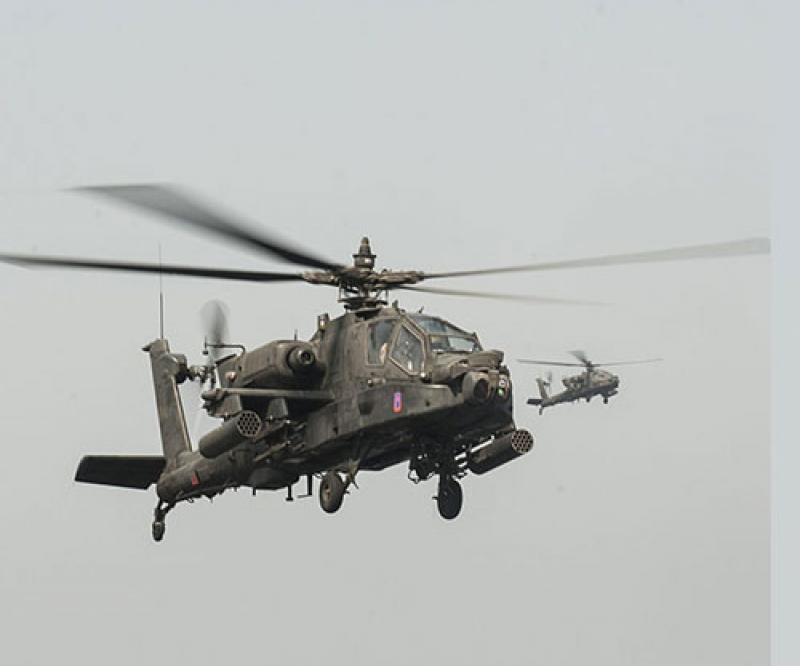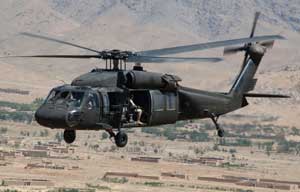Getting My Uh-60 To Work
Wiki Article
The Uh-60 PDFs
Table of ContentsEverything about Uh-60The Greatest Guide To Uh-60The smart Trick of Uh-60 That Nobody is Talking About7 Easy Facts About Uh-60 Described
helicopter parts Many helicopters the engine turns a shaft that connects to an input quill on the transmission; the major rotor pole comes right out of the top of the transmission and also the tail rotor driveshaft connects to an outcome quill 90 levels out of the pole. Rotating the blades which has an aero aluminum foil section triggers lift, allowing the helicopter to increase up and down or float.There are lots of terms connected with rotating wing flight and it is necessary for a student to become acquainted with them to recognize the technicians of rotary wing trip. The primary blades blade performs the exact same feature as an airplane's wings, providing lift as the blades revolve lift being just one of the critical wind resistant forces that maintains aircraft aloft.

Simply as it performs in an automobile, a helicopter's transmission sends power from the engine to the major and also tail blades. The transmission's primary transmission steps down the speed of the primary rotor so it does not turn as rapidly as the engine shaft. A second gearbox does the exact same for the tail blades, although the tail rotor, being a lot smaller sized, can turn faster than the main blades.
The 7-Second Trick For Uh-60
Early helicopters counted on reciprocating gas engines, yet contemporary helicopters make use of gas wind turbine engines like those discovered in business airliners. uh-60. 1. Root: The internal end of the blade where the rotors link to the blade holds. 2. Blade Grips: Large connecting points where the rotor blade links to the center.Doing this enhances or lowers the lift that the primary blades products to the car, allowing the helicopter to gain or shed altitude. This permits the helicopter to move in any direction around a 360-degree circle, including ahead, backward, left as well as.
Helicopters require a totally various technique of control than aircrafts as well as are much tougher to understand. Traveling a helicopter requires continuous concentration by the pilot and also a near-continuous circulation of min control modifications. A standard helicopter has its major blades over the fuselage, just aft of the cockpit area, including 2 or more rotor blades extending out from a central rotor head, or center, assembly.
This swashplate consists of one non-revolving disc and one revolving disc mounted directly on the top. The swashplate is attached to the cockpit control stick and also bar and can be made to turn in any type of instructions, according to the cyclic stick motion Full Report made by the pilot, or relocated up and also down according to the cumulative lever movement.
Facts About Uh-60 Revealed
The quantity of lift created is established by the pitch angle (and speed) of each rotor blade as it moves through the air. Pitch angle is recognized as the Angle of Assault when the rotors are in movement. This pitch angle of the blades is managed in two methods collectively and also cyclically.
Due to the fact that all blades are altering pitch with each other, or 'collectively', the adjustment in lift continues to be constant throughout every complete turning of the blades. As a result, there is no propensity for the helicopter to alter its existing direction apart from directly or down. The pictures listed below reveal the effect of increasing the collective lever on the swashplate and also rotor blades.
Obviously, actual rotor head systems are much much more complicated than this picture reveals, yet the fundamentals coincide. The cyclic control is made by moving the control stick that climbs up from the cockpit flooring in between the pilot's legs, as well as can be relocated in all instructions besides up and down.
A Biased View of Uh-60

The pictures listed below reveal the effect of this cyclic control on the swashplate and rotor blades. As the swashplate is tilted, the opposing poles move in contrary directions. The setting of the poles as well as therefore the pitch of the private blades is various at any kind of given factor of rotation, thus generating various amounts of lift around the rotor disc.
As the stick is leaned over in any kind of direction, so the angle of home plate modifications very a little. uh-60. This adjustment of angle corresponds directly to what is occurring you could try these out to the blades disc at the exact same time i. e. the side of the plate that is greater stands for the side of the rotor disc creating more lift.
This tail blades is used to regulate the yaw, or rotation, of the helicopter (i. e. which method the nose is aiming) and to clarify this we first require to recognize torque. Torque is a natural pressure caused great site by any kind of turning item and in a helicopter it is caused by the engine transforming the main rotor blades; when the blades are spinning then the all-natural response to that is for the fuselage of the helicopter to begin spinning in the contrary direction to the blades.
Report this wiki page